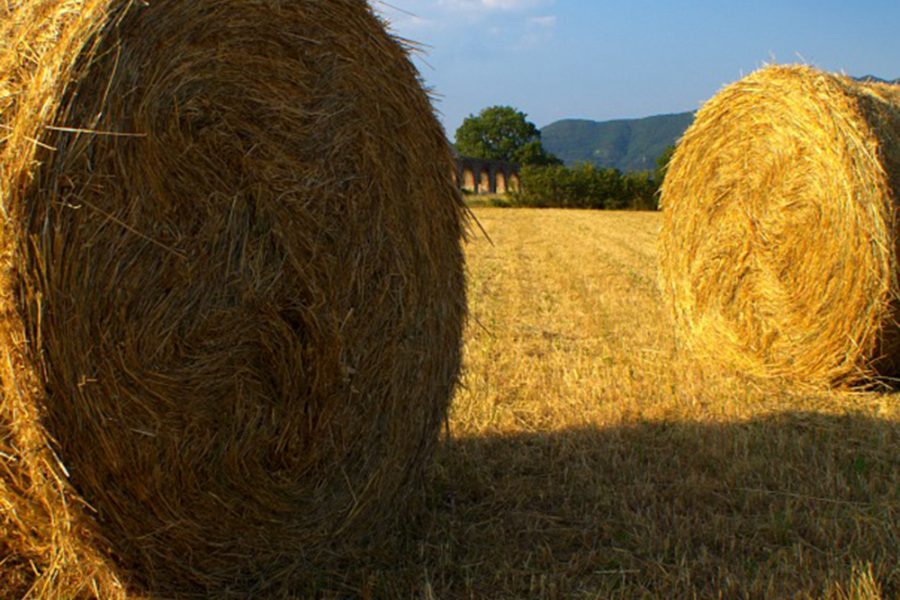The U.S. Census of Agriculture shows a distinct acceleration of farm losses between 2007 and 2022. Yet, farms are not altogether disappearing in California.
According to census data released earlier this spring, there was a peak in the number of farms reported in California in 2007 with 81,033 recorded. In 2022, the most recent reporting year, just 63,134 farms were reported. Farm declines between 2007 and 2012 were gradual with ever sharper increases between 2012 and 2017, and 2017 and 2022.
Between 2017 and 2022, California’s total number of farms decreased from 70,521 to 63,134, a drop of 9,287 or about 36 farms a week.
However, the average farm size and total number of acres farmed tell a slightly different story. In 2007, the average farm size by acres in California was 313. By 2022, the average farm size by acres had grown an average of 4 percent a year to 383. Overall, total cropland acres had increased from 9.4 million in 2007 to 10 million in 2022.
The ballooning numbers of acres suggest a combination of consolidation and the sale of some farmland into development. Other parts of the overall data seem to confirm both notions.
“Farms by size” in the three smallest categories have gotten fewer between 2017 and 2022. California’s farms sized less than 179 acres declined from 56,630 to 49,440, a total loss of 7,190 over a five-year span. Yet, the two largest farm size designations – 1,000 to 1,999 acres and 2,000 acres or more – increased in the same time frame by a combined total of 178 farms.
Total land in farms showed a significant decline between 2007 and 2022. The data notes a total of 25.3 million acres of total land in farms in 2007 and just 24.1 million acres of land in farms were reported in 2022.
What do all these numbers mean? They mean California’s farmers and ranchers are not immune to hostile agricultural policies on both state and federal levels. Regardless of what they produce, they are being negatively impacted by curtailment of water allocations or poor planning ahead for dry seasons, increased production costs through Prop 12 and overtime pay, or any number of other policies.
The U.S. Secretary of Agriculture called the numbers in the U.S. Census of Agriculture a “wake up call.” It is no question the loss of farms around the United States should be addressed. The most meaningful means of addressing the loss of farms and ranches in California, and elsewhere, is by working proactively with the agricultural community.
Pam Lewison is a fourth-generation farmer in Eastern Washington, the Ag Research Director for the Washington Policy Center, and a contributor to Pacific Research Institute.


